Image of 1932 Graham Model 57, Note: These illustrations use artistic license and may differ from actual historical models.
Performance Metrics
Fundamental Metrics
Emotional Appeal
MMP Rating
| Engine Specifications | |
|---|---|
| Engine Options: | Straight-6 |
| Displacement Range: | 3.3L |
| Horsepower Range: | Estimated 85-90 HP |
| Torque: | Not available |
| Compression Ratio: | Not available |
| Ignition System: | Distributor and coil |
| Cooling System: | Water-cooled |
| Performance Specifications | |
| 0-60 Time: | Not available |
| 1/4 Mile Time: | Not available |
| Top Speed: | 75 mph |
| Transmission and Drive | |
| Drive Type: | Rear-wheel drive |
| Transmission Type: | 3-speed manual |
| Fuel and Efficiency | |
| Fuel System Type: | Carburetor |
| MPG: | Not available |
| Dimensions and Brakes | |
| Brakes: | Mechanical drum brakes |
| Wheelbase: | 116 inches |
| Weight: | 3,000 lbs |
Note: Specifications for classic cars are given to the best of our ability, considering the limited and variant data available.
A Gleaming Beacon of Automotive Progress: The 1932 Graham Model 57
As the chrome gleamed under the showroom lights, the 1932 Graham Model 57 promised more than just transportation; it offered a glimpse into the future of automotive design. Born during an era of economic turmoil, this vehicle emerged from the Graham-Paige Motors Corporation, a company known for its engineering prowess and forward-thinking approach to car manufacturing. The Model 57 wasn't just another car rolling off an assembly line; it was a statement of resilience and innovation during the Great Depression.
Unveiled to an audience hungry for a distraction from their daily struggles, the Graham Model 57 quickly became a symbol of hope and progress. It was a unique blend of art and machinery that captured the imagination of the public. One particularly notable moment in its history was when it became known as one of the first cars to feature "Blue Streak" engineering, a term coined by Graham to signify a series of technological advancements aimed at improving performance and reliability.
Design and Innovation: A Symphony of Style and Substance
The exterior of the Graham Model 57 was a masterpiece of Art Deco influence, with sweeping lines that seemed to cut through the air even when standing still. Its prominent grille and fender-mounted headlights were design elements that set it apart from its contemporaries. Inside, passengers were treated to an opulent experience with high-quality fabrics and an attention to detail that was second to none for its time.
Technologically, the Model 57 boasted features that were ahead of its curve, such as an advanced cooling system and synchronized transmission—luxuries in an age where cars were often as temperamental as they were revered. Color options ranged from deep, rich blues to elegant maroons, with black being a popular choice for its timeless appeal.
The Graham Model 57 was available in various body styles including sedans, coupes, and roadsters. The most iconic among these was arguably the Blue Streak sedan, which perfectly encapsulated the blend of luxury and performance that made the vehicle so desirable.
Historical Significance: A Trailblazer on Four Wheels
The Graham Model 57's impact on automotive design cannot be overstated. It introduced features that would become staples in car manufacturing, setting new standards for what consumers could expect from their vehicles. Its Blue Streak engineering influenced not just other models within the Graham lineup but also spurred competitors to up their game.
Performance and Handling: A Dance with Dynamism
Underneath its stylish exterior, the Model 57 was no slouch in performance. While exact figures for top speed and acceleration are scarce due to the era's less rigorous record-keeping, it was known for delivering a spirited driving experience. The car handled with grace over rough roads—a testament to its robust suspension system—and provided drivers with a sense of control that was reassuringly solid.
The driving experience was immersive; from the throaty purr of its straight-eight engine to the tactile feedback through its elegant steering wheel, piloting a Model 57 was both engaging and exhilarating.
Ownership Experience: Beyond Just Owning a Car
The Graham Model 57 found its place in various roles ranging from reliable daily transportation to coveted show car status. Its sturdy construction meant that maintenance wasn't as daunting as one might expect from a car of its age, though finding replacement parts today can be a challenge.
Fun Facts: The Legacy Lives On
Did you know that some Graham vehicles have been featured in period films and owned by celebrities? While not record-breaking in terms of speed or sales when compared to modern standards, the Model 57 held its own in endurance thanks to its robust build quality. Despite criticisms regarding its unconventional styling at times, it has remained an endearing piece of automotive history.
Collector's Information: A Coveted Classic
Today, estimating the value range for a well-preserved or restored Graham Model 57 can be challenging due to their rarity. With production numbers not extensively documented, it's believed that only a limited number were made. Values can vary widely but expect figures northward of tens of thousands depending on condition and originality. As with many classics from this era, appreciation is common as these vehicles become scarcer and more desirable among collectors.
Conclusion: An Enduring Testament to Automotive Excellence
The 1932 Graham Model 57 stands as a monument to an age where adversity sparked innovation and luxury wasn't reserved for just the elite few. It is not merely a relic but a touchstone for automotive enthusiasts who appreciate the blend of style, substance, and historical significance encapsulated within its metal skin.
1932 Graham Model 57 Catalog of Parts
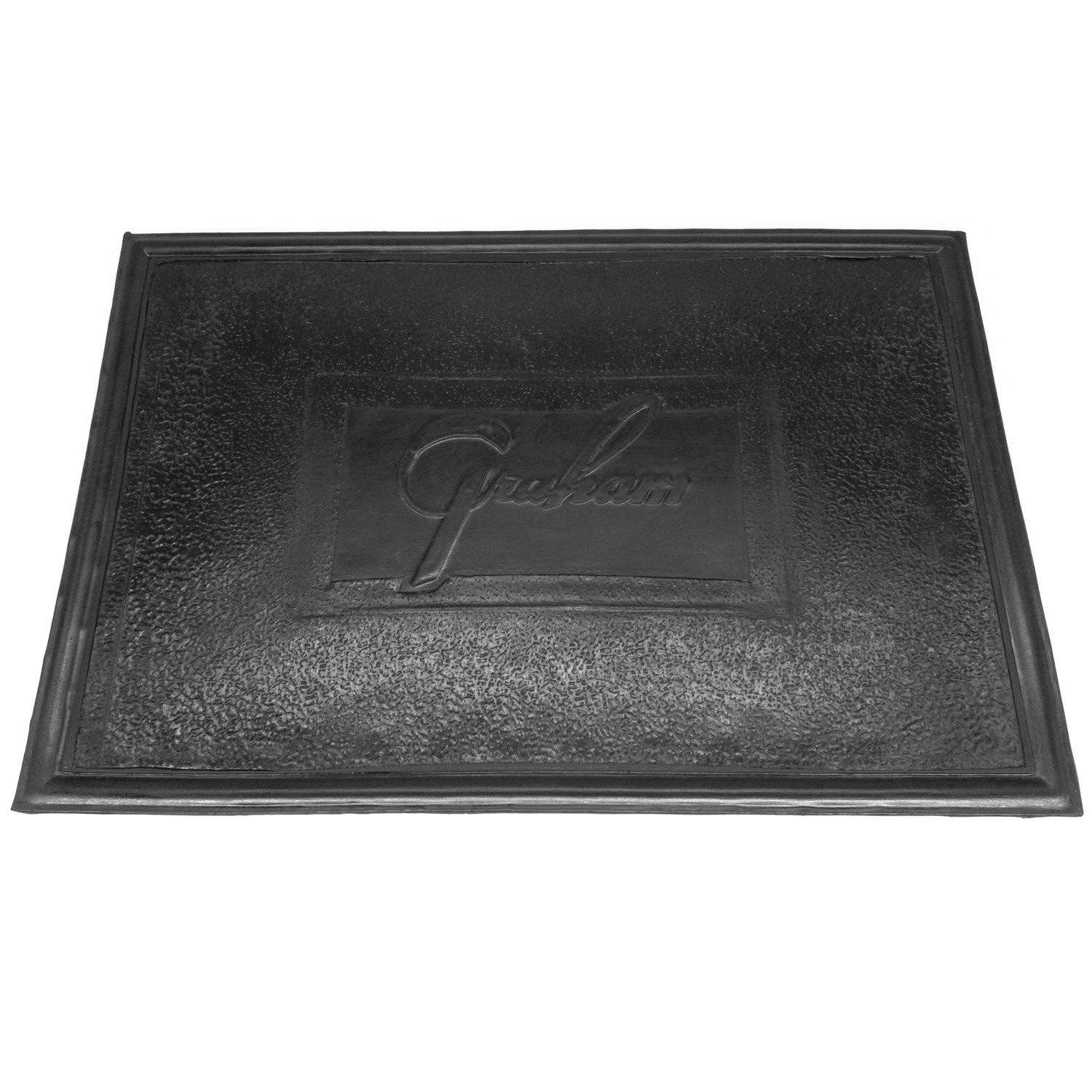 1932 Graham Model 57 Accessory Floor Mat - 12"X17"-AC 12Accessory Floor Mat - made of high quality black rubber with molded original emblem. Also designed to be sewn into new carpets. 12"X17", Each
1932 Graham Model 57 Accessory Floor Mat - 12"X17"-AC 12Accessory Floor Mat - made of high quality black rubber with molded original emblem. Also designed to be sewn into new carpets. 12"X17", Each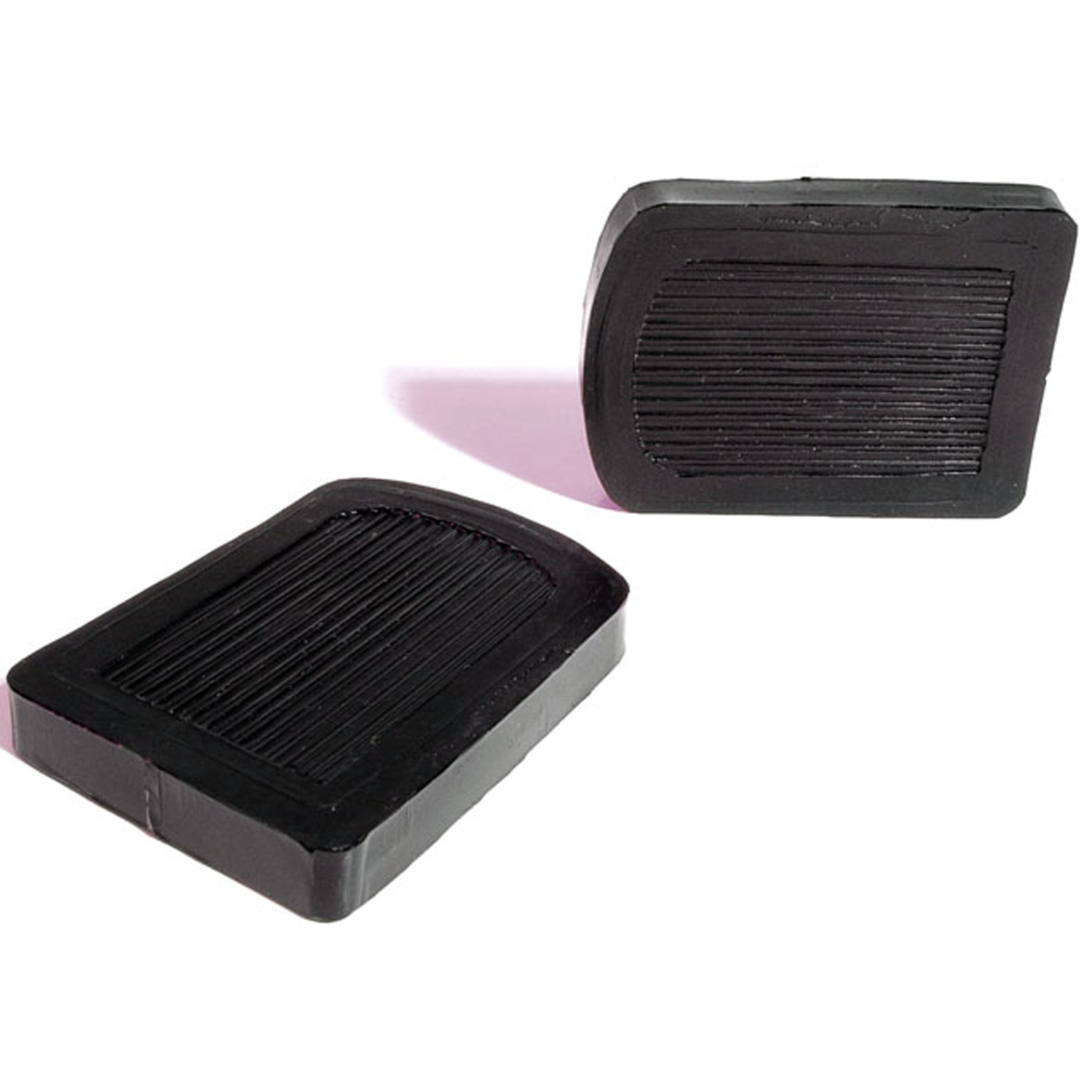 1932 Graham Model 57 Clutch and Brake Pedal Pads. 2-5/8" wide X 3-5/8" long-CB 25Clutch and Brake Pedal Pads. 2-5/8" wide X 3-5/8" long. Pair
1932 Graham Model 57 Clutch and Brake Pedal Pads. 2-5/8" wide X 3-5/8" long-CB 25Clutch and Brake Pedal Pads. 2-5/8" wide X 3-5/8" long. Pair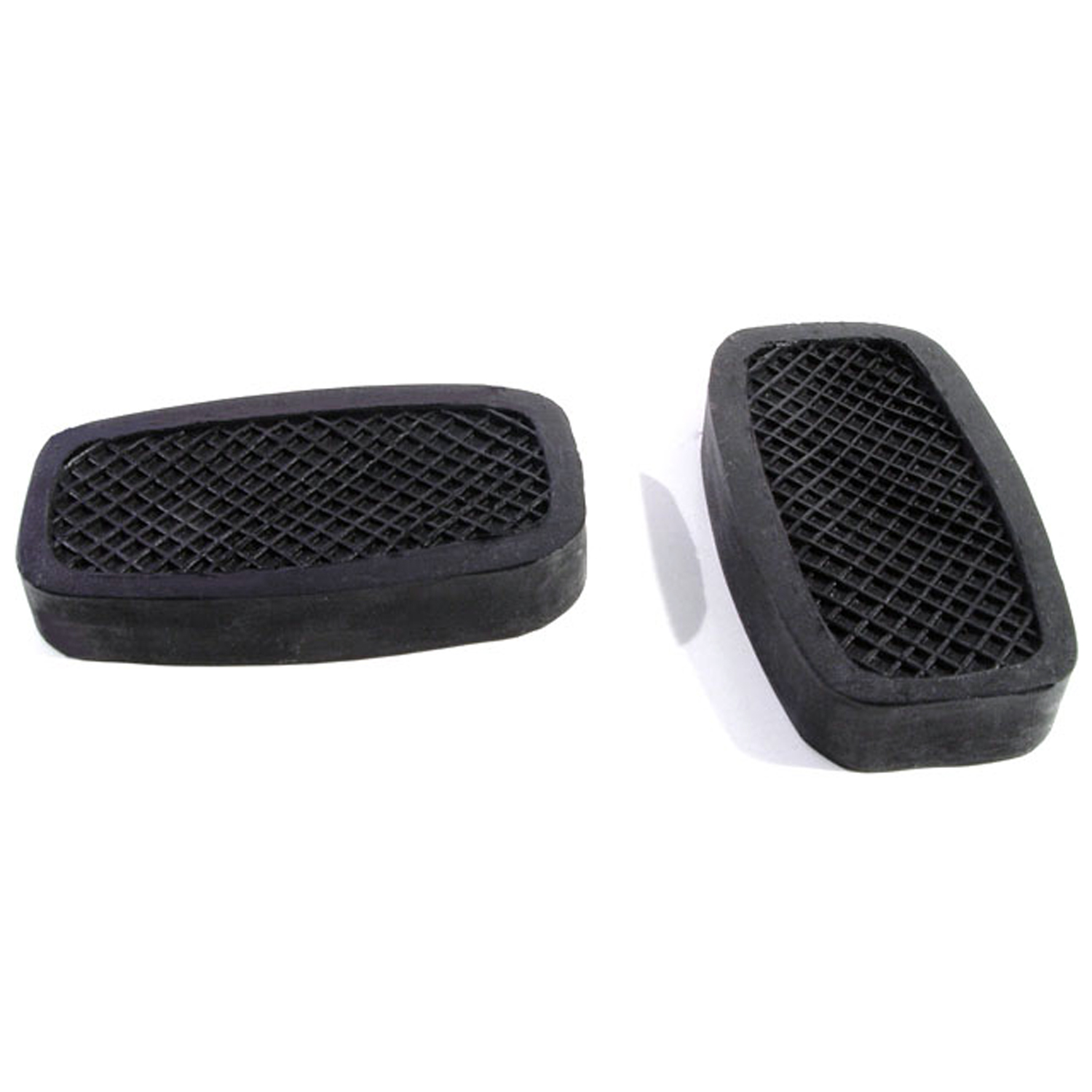 1932 Graham Model 57 Clutch and Brake Pedal Pads. 2" wide X 3-5/8" long. Pair-CB 46Clutch and Brake Pedal Pads. 2" wide X 3-5/8" long. Pair
1932 Graham Model 57 Clutch and Brake Pedal Pads. 2" wide X 3-5/8" long. Pair-CB 46Clutch and Brake Pedal Pads. 2" wide X 3-5/8" long. Pair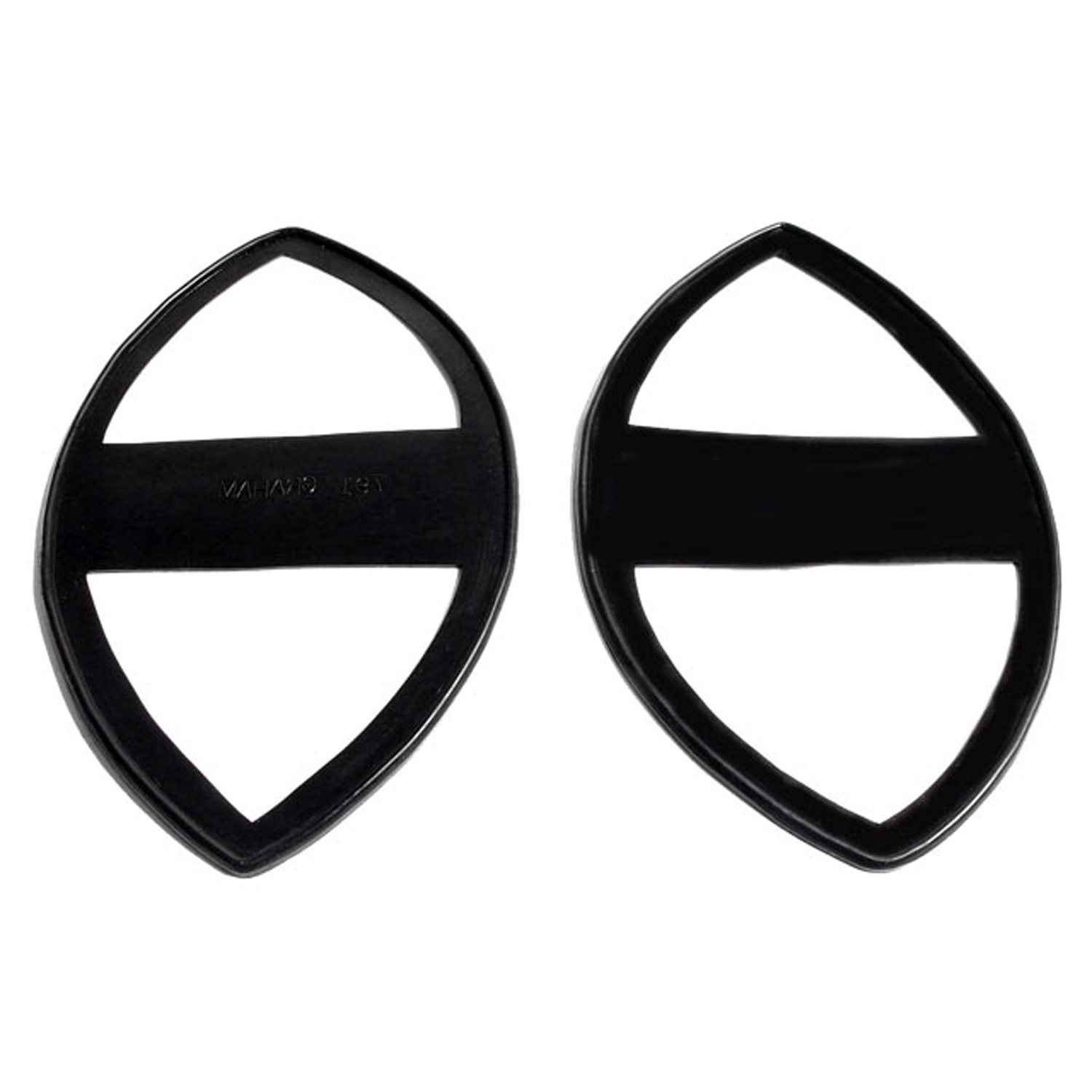 1932 Graham Model 57 Tail-light Pads. 5" wide X 7-7/8" long. Pair-MP 791Tail-light Pads. 5" wide X 7-7/8" long. Pair
1932 Graham Model 57 Tail-light Pads. 5" wide X 7-7/8" long. Pair-MP 791Tail-light Pads. 5" wide X 7-7/8" long. Pair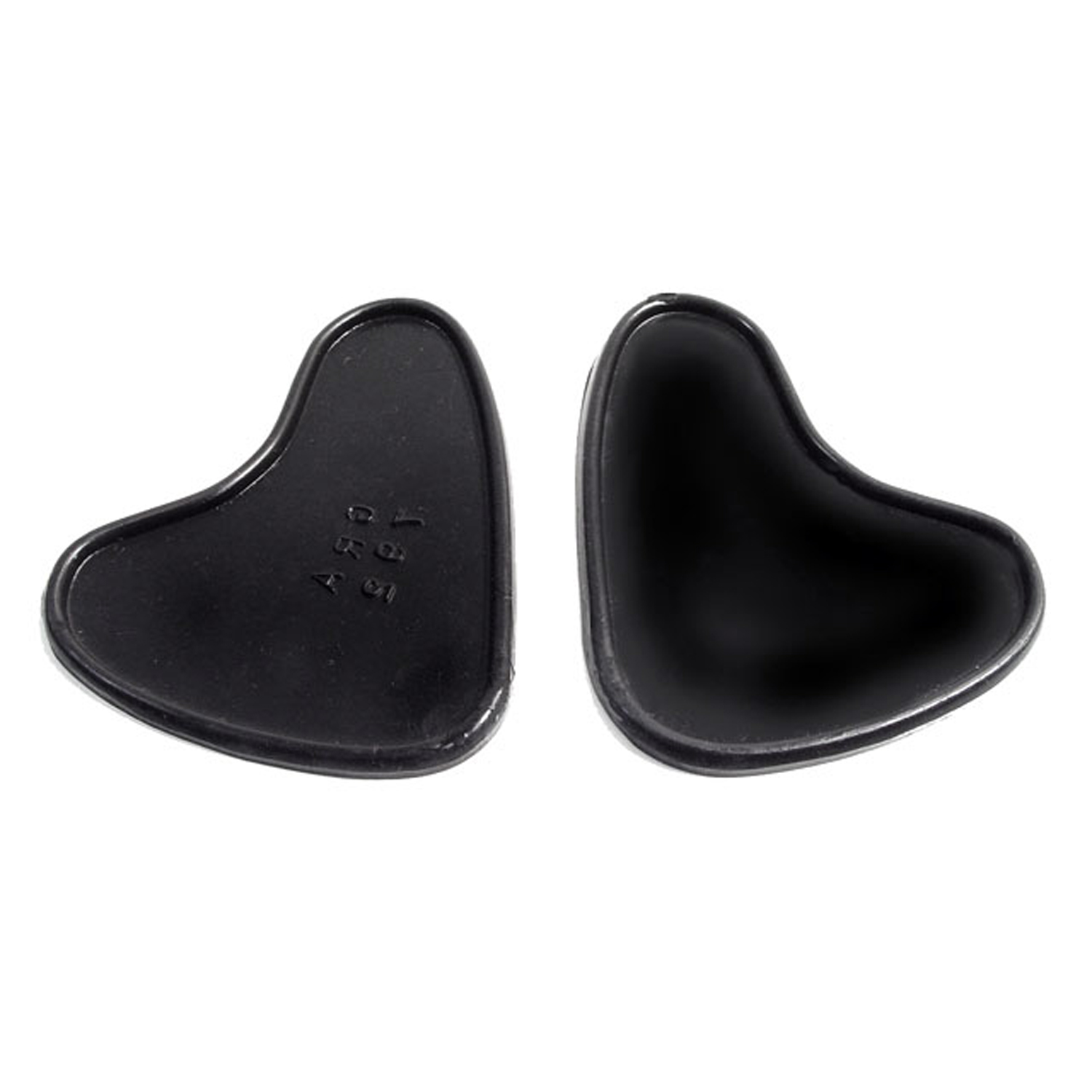 1932 Graham Model 57 Headlight Pads. 3-5/8" wide X 4-1/2" long. Pair-MP 792Headlight Pads. 3-5/8" wide X 4-1/2" long. Pair
1932 Graham Model 57 Headlight Pads. 3-5/8" wide X 4-1/2" long. Pair-MP 792Headlight Pads. 3-5/8" wide X 4-1/2" long. PairWhy Choose Metro?
For over 100 years, Metro Moulded Parts has been the pinnacle of quality in classic car restoration parts. Our commitment to precision and authenticity in every component ensures a perfect fit and an OEM-level appearance.
- Expert Craftsmanship & Quality: Each part is a testament to our dedication to reliability and perfection, crafted from original designs and thoroughly tested.
- Advanced Technology: We use cutting-edge techniques to create flawless, long-lasting parts that surpass others in performance.
- SuperSoft Sponge – The Ultimate Door Seal: Not only are our door seals 30% softer than competitors', but they're also guaranteed to never leak. They effectively reduce wind and road noise, enhancing your classic car's comfort and driving experience.
- Proudly American: Our parts are a product of American craftsmanship, made in the USA with a spirit of excellence and heritage.
- Unrivaled Warranty: We back our products with a 30-year industry-leading warranty, a testament to our confidence in their quality.
Join us in preserving the legacy of classic cars with parts that are crafted for perfection, not just made.

